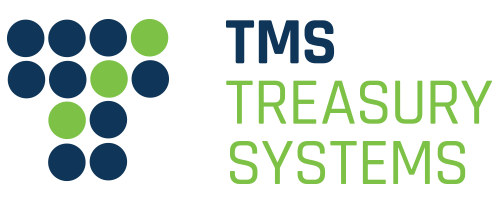
Testing Times for your Treasury Risk Management? A South African Rand Perspective.
Financial markets have two major concerns at present. One is whether the Fed has made a policy mistake raising interest rates, and the other is exactly how bad things really are in the Chinese economy. Linked to these two major themes are a number of sub-plots such as the decline in commodity prices, dollar/currency outflows from emerging economies and an inevitable correction to equity markets that had become over-extended.
These concerns are giving rise to massive repositioning of portfolios and exposures that are causing major shifts in financial markets. 2016 looks like being a very volatile year.
Maybe now is a good time for treasurers to do some ‘back to basics’ thinking about risk. When risk and volatility is high, it makes sense for the treasurer to reduce exposure – it’s just common sense to take shelter in a storm.
In the current environment, it makes sense to curtail credit risk, interest rate risk and FX risk. Of course, it is impossible for most treasuries to avoid these risks, so in a practical sense it means ‘minimise’ or at least, don’t extend. ‘Less’ rather than ‘more’ would seem eminently sensible and this risk aversion is likely to be a key theme for well into 2016, and quite possibly beyond.
Managing credit risk means paying close attention to the credit quality of your counterparties, especially your investment counterparties. Chasing yield at the expense of credit quality rarely makes sense and especially in a financial storm it is easy to get caught out. Many corporates borrow ‘long’ to invest in physical assets such as manufacturing and invest surplus cash in the financial markets. That surplus can be just temporary for the normal ebb and flow of cash, or seasonal, or perhaps a surplus being held for strategic investment. Other corporates are more quasi-financial institutions and their assets are more financial rather than physical. In either situation, to a greater or lesser extent, there is a requirement to invest and it is not just ‘best practice’ but actually essential practice to have a robust credit risk policy. It is an oversimplification to say ‘spread the risk’ and spread the portfolio over many counterparties. Sometimes it is better to concentrate on the highest quality credit. Also KYC – know your counterparty – and make sure your counterparty is of the required credit rating, especially if dealing with subsidiary entities. A similar name does not necessarily mean a similar risk.
Interest rate risk is almost impossible to fully eliminate but it can be reduced. In a volatile and high risk environment, a liability manager should be more inclined to lengthen the maturity profile. This can be a difficult call, especially when the curve has already steepened and increased, but the imperative is to look forward, not backwards. Those with cash to invest may be tempted by higher rates out the curve, but it is worth bearing in mind that liquidity is king when times are tough.
Whether in an asset, liability or a combined ALM situation, it is good practice to report Mark-to-Markets (MtM’s) of the current position and the exposures. If you are managing interest rate risk, this means defining the time horizon for which the MtM is calculated, in other words defining your exposure.
In South Africa, the Rand has depreciated by more than 30% against the Euro since January 2015 and many forecasters and economists expect more to come. As with interest rates, it is a difficult situation if you have currency exposure and the market has already moved so much against you. Hedging at “bad” rates can be seen as crystallising the ‘loss’ to date, however, as already said, the issue is the future and what’s going to happen, not the past.
I look at the markets from a treasury perspective and I am not an economist or a forecaster. However, the facts are that there is a huge oil imbalance that will continue for most of 2016, with an oil price war between the low cost and high cost producers. Equity markets are moving in tandem with the oil i.e. down. China worries persist. On its own, the Fed rate raise was probably in order, but given all these other factors, and an over-extended equity market, the financial markets have taken flight.
